Before moving to China I could barely eat jalapeno peppers and now I pop them like pickles. Chinese food – real Chinese food, not the bland U.S. take-out variety – can be seriously spicy. Sichuan dishes are most notorious for their heat, and I still struggle with those numbing pink peppercorns that bite like a shot of Novocain.
While less well known, Hunan food might be even more fiery thanks to its liberal use of whole chilies – seeds, membranes and all. I received my initiation to this special regional cuisine from Di Shui Dong, a long-standing fixture in Shanghai’s restaurant scene. One of the most beloved Hunanese dishes, by Shanghai’s expat crowd anyway, is barbecued spare ribs. Heavily seasoned with cumin, fennel seeds, spring onions and chili, these ribs are finger-licking good.
Another component of Hunan cooking is the use of smoked ingredients, which can feature prominently in tofu and vegetable stir-fries. An order of braised dumplings will help cut the heat.
Hunan Province is located in central China, surrounded by lakes, rivers and mountains, with a subtropical climate ideal for agriculture. A classic vegetable dish is string beans with cured meat, often ham or ground pork. It usually has a pickled or fermented tang not unlike olives that helps balance the hot-pepper punch.
Another traditional veggie is the “hot and sour” lotus root, sliced thin and lightly sauteed so the pieces are pliant but crispy. If you like the acidity of the vinegar but can’t handle the heat, try the sauteed shredded potato instead – it will have that same addictive crunch and slightly sour flavor.
While not exclusive to Hunan, my favorite vegetable combination is sauteed string beans and eggplant. It has a light but rich soy sauce and the peppers used in the presentation are largely for show. I could eat an entire plate of this by myself! Cucumber with garlic is a refreshing palate cleanser and mouth cooler that can be found on just about every Chinese menu, regardless of the specific regional sub-cuisine.
When eating a Hunanese meal, check to see if the menu includes toffee fried banana pieces, a popular dessert offering. Chunks of banana are battered and fried, then dipped in a sugary mixture that hardens to a crisp shell. You will want to eat them quickly, before the sugar hardens too much. Wait too long, and if you may not be able to pry them loose from the plate.
Di Shui Dong has two locations in Shanghai. One is found in a converted old lane house in the former French Concession neighborhood, its cave-like exterior hiding the bright, spare dining room inside. In addition to tasty food, it also serves a decent selection of beer, from Duvel to Asahi to Tsingtao.
Do you have a favorite Hunanese dish? Let me know in the comments!
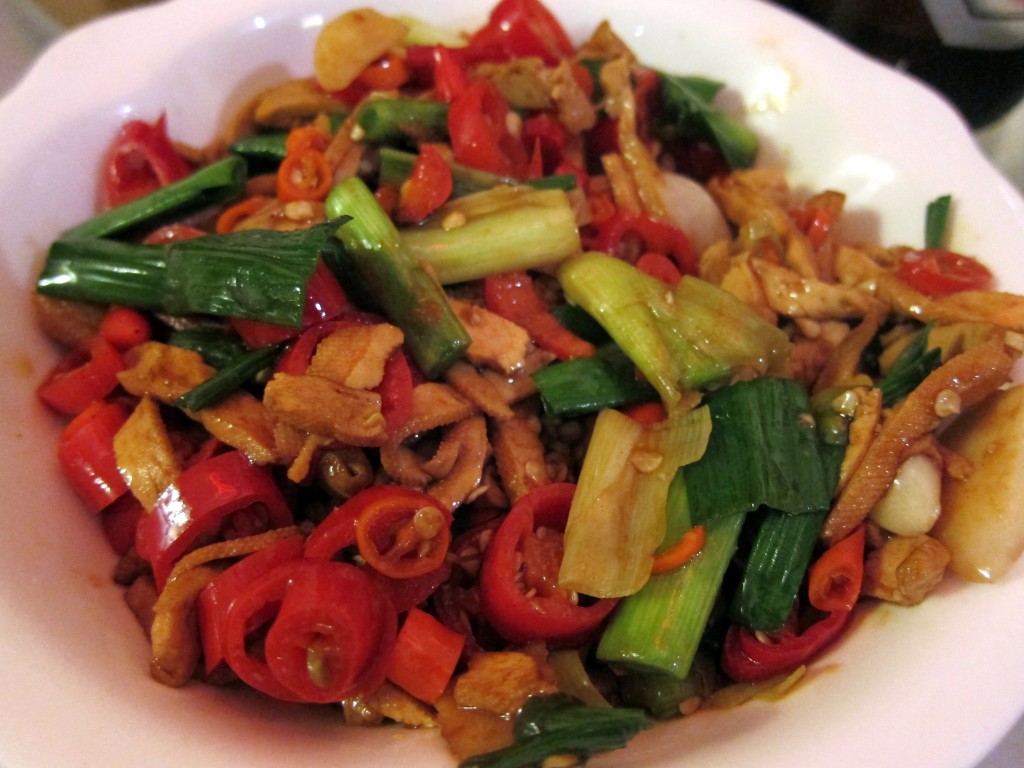
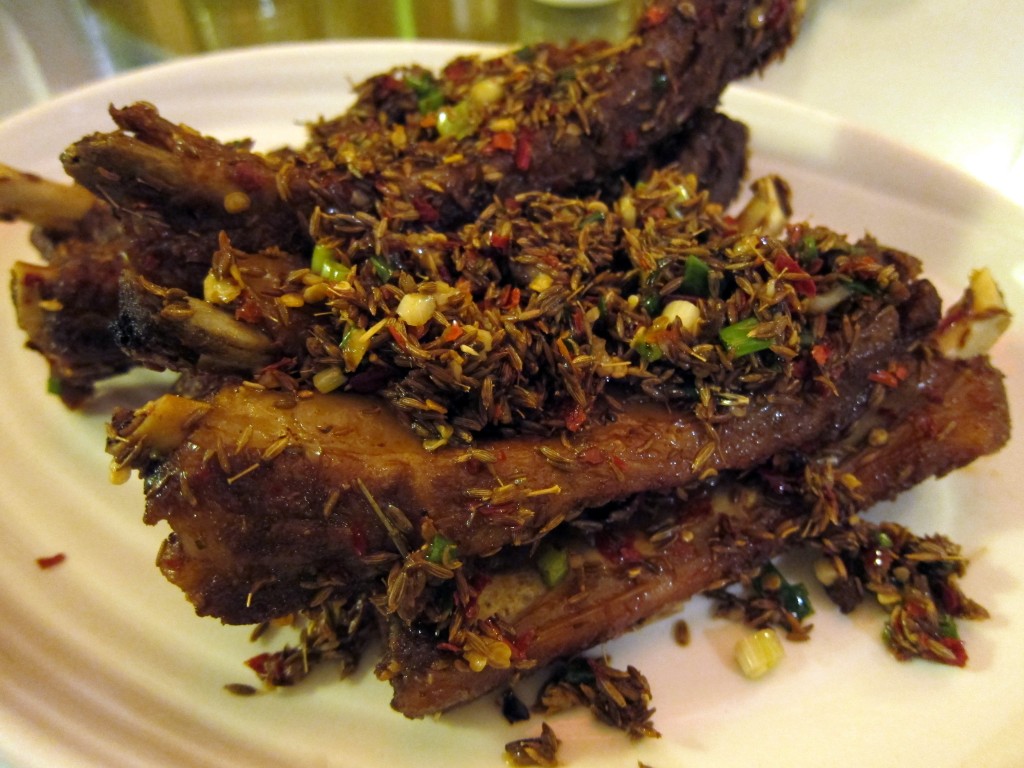
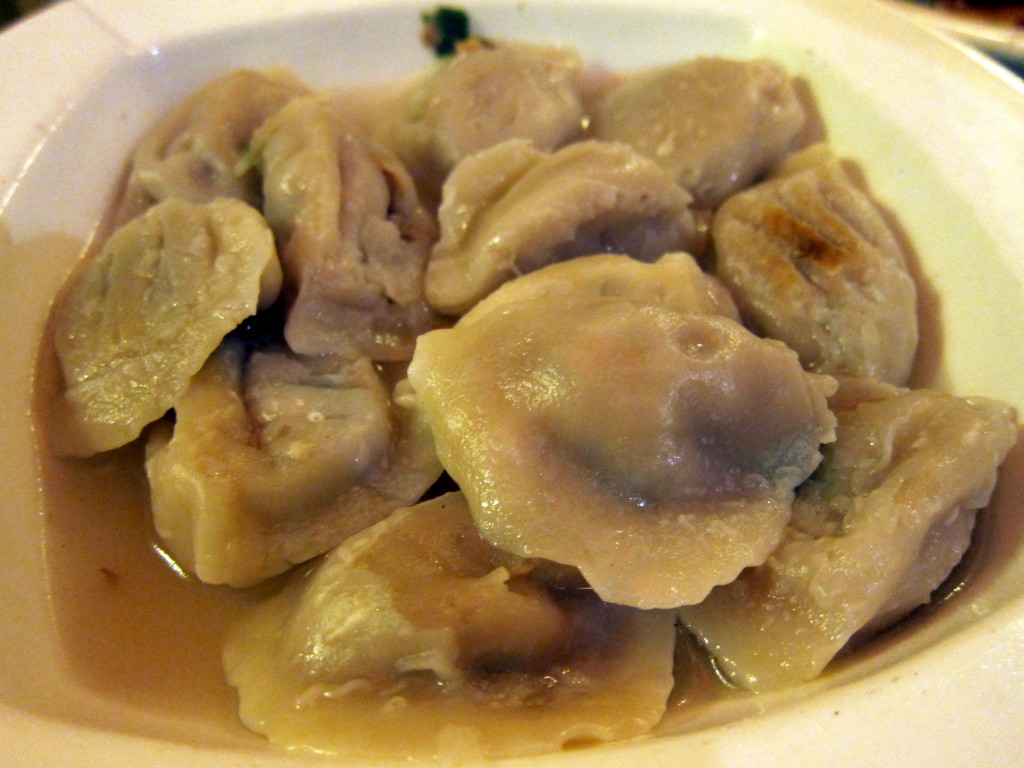
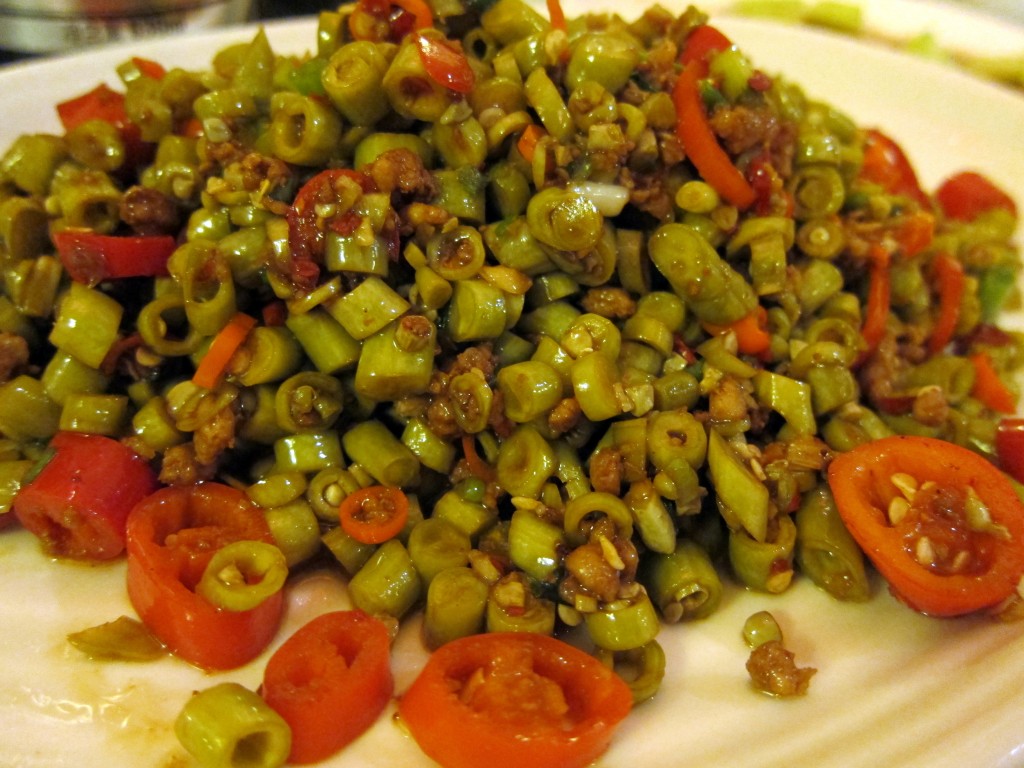
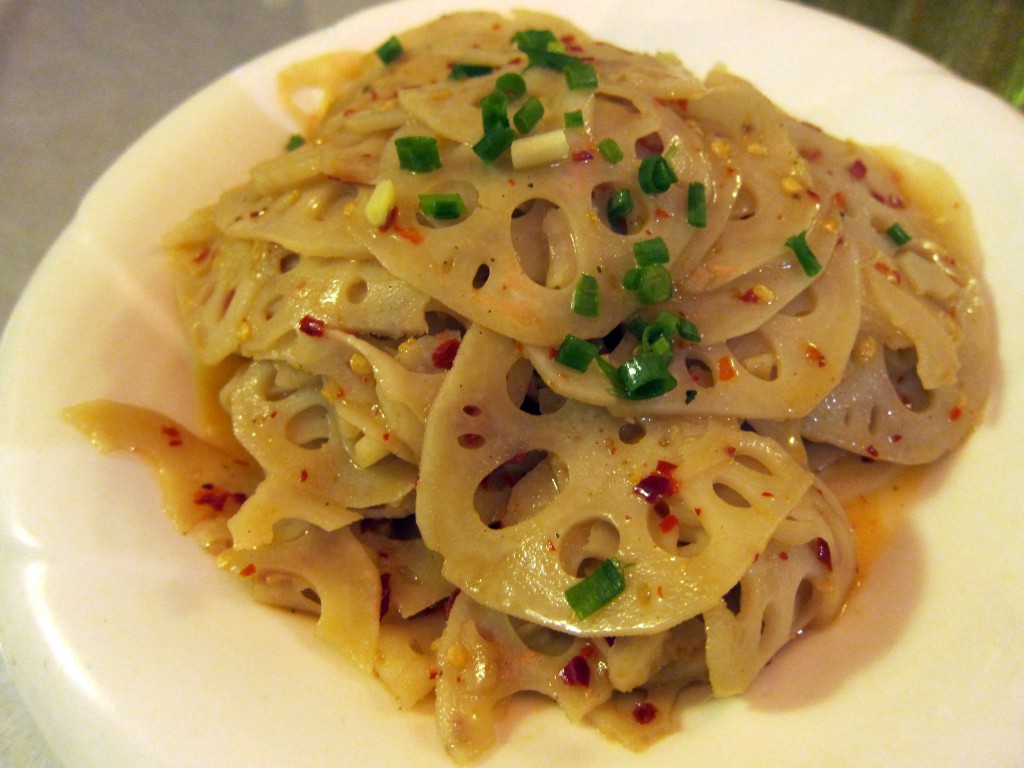
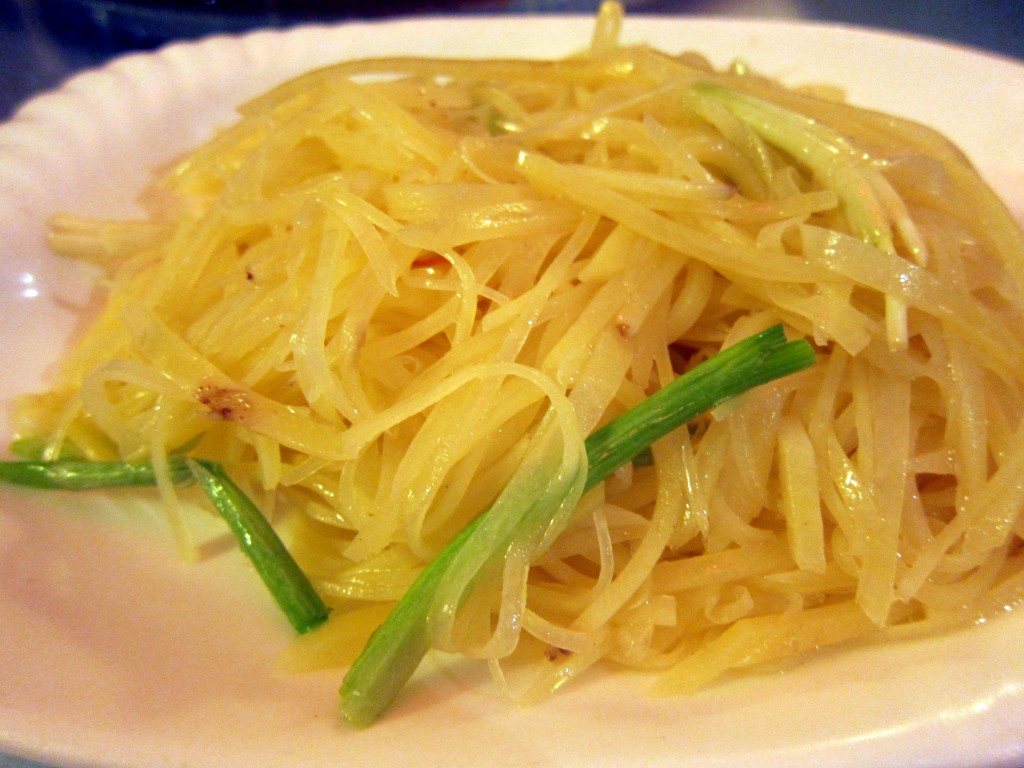
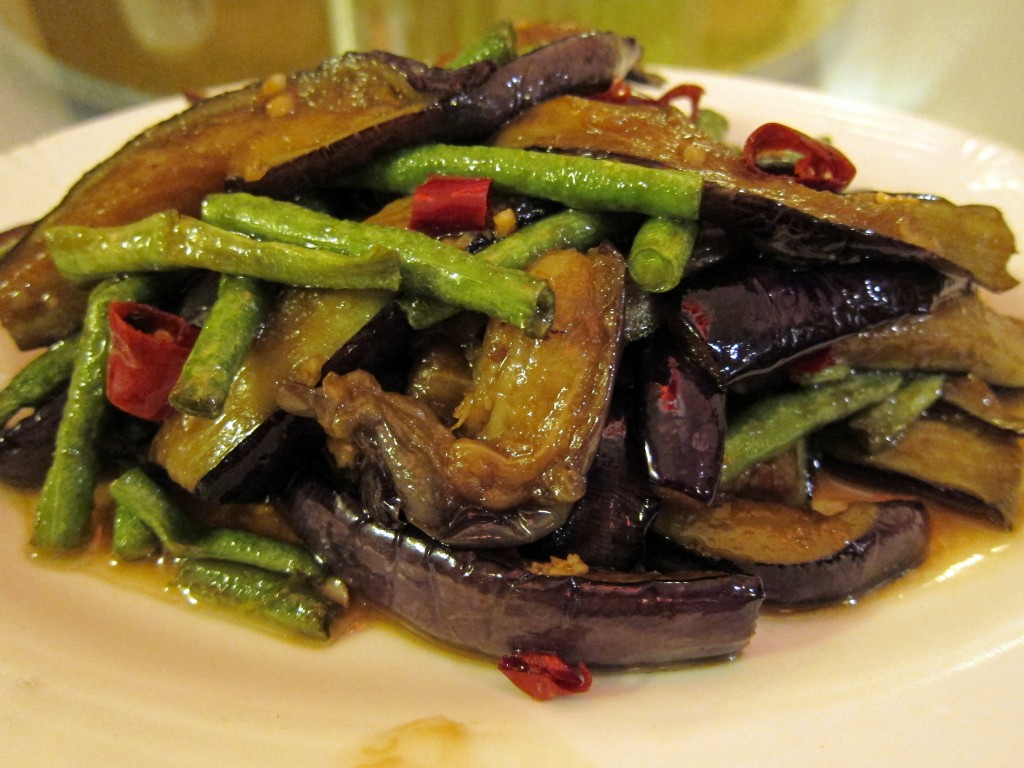
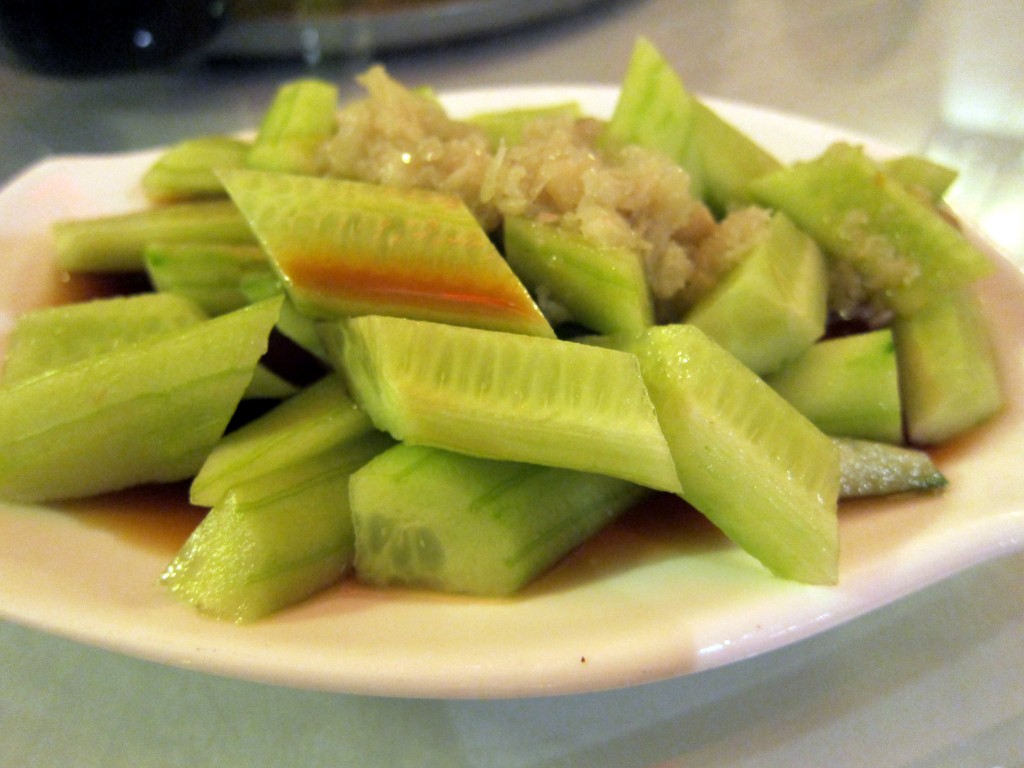
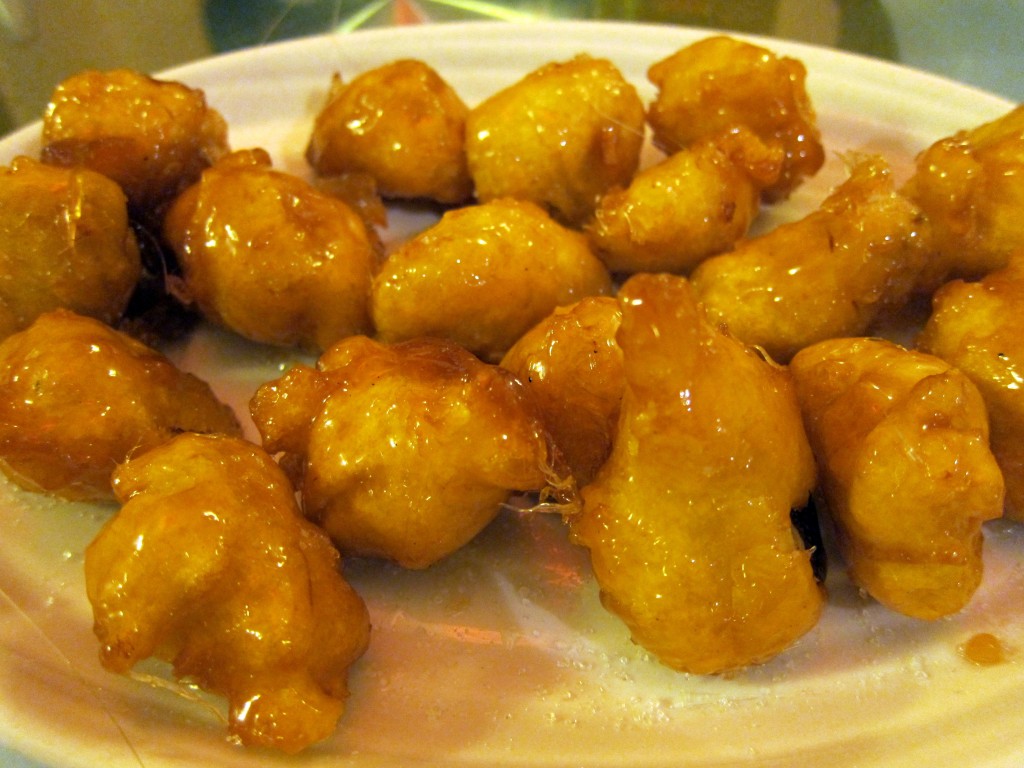
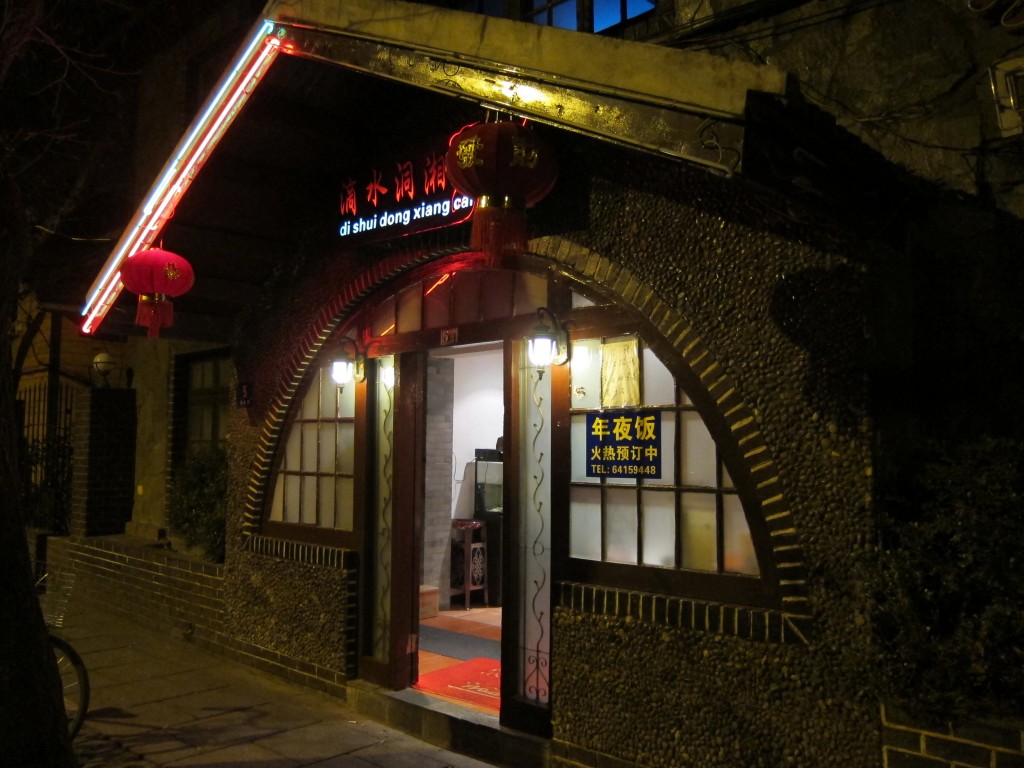
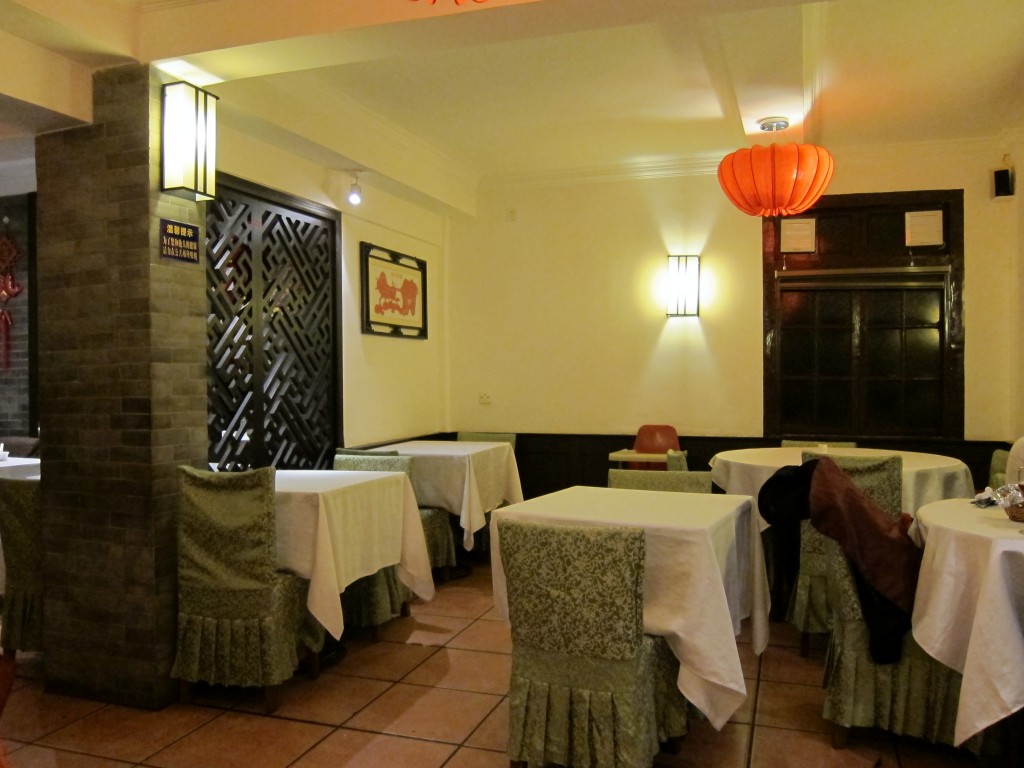
I do like the green beans over there and the cucumbers.
I like a little mild heat not the mind numbing stuff you and
hubby eat. Still don’t know how you can eat tofu – yuk.
You just need to gradually build up your spice tolerance. And tofu is delicious!
So funny — I just had Hunan food today in Paris! I was pretty happy about it too until I came to this post in my reader….now I miss Di Shui Dong. and Shanghai. and Dalian and the dongcai there…sigh.
Sounds like you may need to schedule a visit to Shanghai!
OMG. You know those apps that will block Facebook, Twitter, etc. so you can get work done? I need an app to block all food posts when I’m hungry… I love “authentic” Chinese food but sometimes I super-crave the American version. Radioactively bright sweet and sour sauce, delicious “popping rice” dishes and cheesy fortune cookies. Does that make me a bad person?
I hope that doesn’t make you a bad person because I will totally be eating at PF Changs when I’m back in the States LOL
Almost licking the screen…..
We’ll definitely take you here on your next visit!